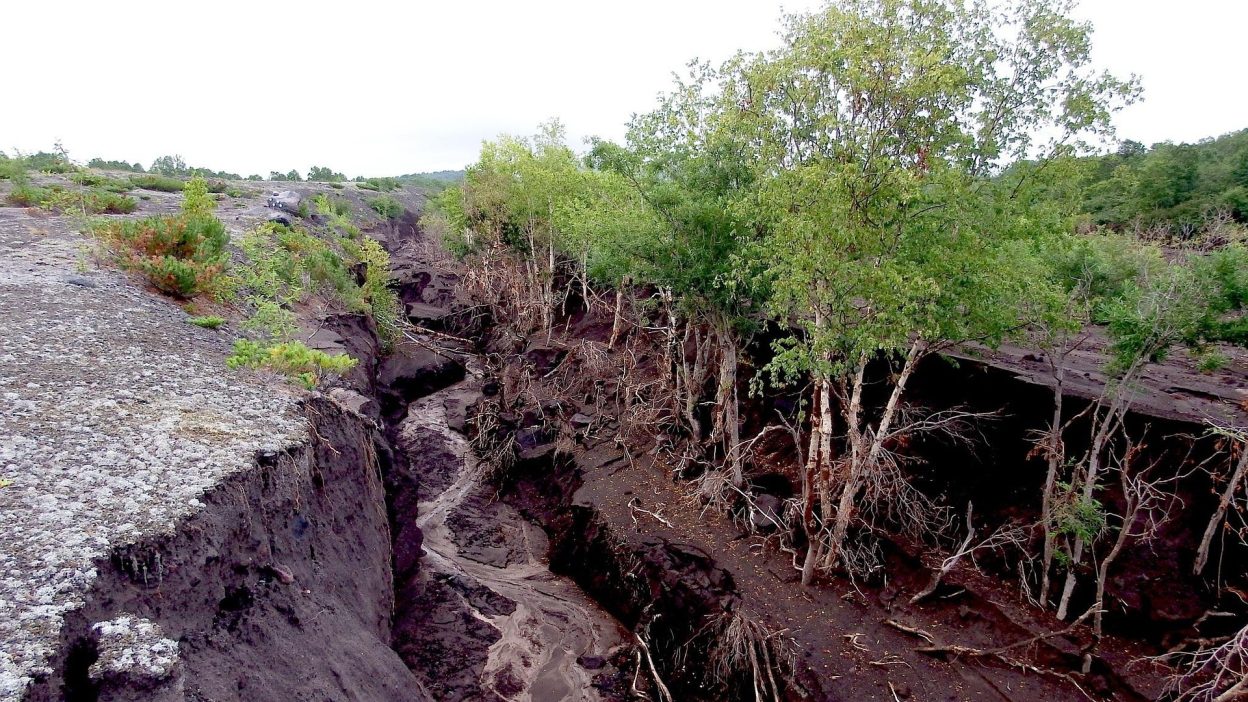Unveiling The Forgotten Tragedy And Its Long-Lasting Impact
1. The 1965 Bengal Cyclones: A Devastating Catastrophe that Shook the Region
The Bengal Cyclones of 1965 were among the most catastrophic natural disasters to hit the region, causing immense devastation and sorrow. Originating in the Bay of Bengal, these cyclones slammed into both India and what was then East Pakistan (now Bangladesh), ravaging the coastal areas. The violent winds, accompanied by torrential rain, obliterated entire villages and left thousands dead or injured.
The aftermath of the cyclones was not only immediate but left a long-lasting impact on the economy, infrastructure, and social dynamics of the affected regions. With many individuals living in vulnerable housing and lacking basic protective measures, the cyclones exposed how ill-prepared the local populations were for such destructive forces of nature. The event underscored the urgency for better disaster readiness and resilience.
2. The Hidden Forces Behind the 1965 Bengal Cyclones: Unveiling Nature’s Fury
The 1965 Bengal Cyclones were an example of nature’s tremendous power, the result of complex atmospheric conditions in the Bay of Bengal. Factors such as intense atmospheric pressure, warm oceanic waters, and seasonal wind patterns combined to produce these violent storms. As they strengthened, the cyclones became increasingly destructive, with their arrival marking a tragic turning point for the affected areas.
In those days, early warning systems were rudimentary, and the technology used to predict weather events was far less advanced. This inability to predict the storm’s exact course meant the local population had little time to prepare. When the cyclones struck, it was too late for many to take proper precautions, leading to widespread casualties and damage.
3. The Human Toll of the 1965 Bengal Cyclones: Lives Lost and Wounds Inflicted
- Casualties and Wounding: The 1965 Bengal Cyclones claimed more than 10,000 lives and left many others severely injured. The severe winds, combined with flooding, caused buildings to collapse, trapping people and leaving others at the mercy of rising waters. Many lives were lost due to inadequate shelters and the overwhelming nature of the disaster.
- Mass Displacement: More than two million people were displaced due to the cyclones, with entire communities being uprooted. The destruction of homes and the devastation of livelihoods left many survivors without food, shelter, or access to basic necessities. The storm left an indelible mark on the displaced families, forcing them to rebuild their lives from scratch.
- Economic Damage: The economic repercussions of the cyclones were far-reaching. The destruction of crops, fishing industries, and transportation infrastructure crippled the local economies, leaving regions struggling to recover. The loss of agricultural land and resources further compounded the misery of those affected, prolonging the recovery process.
4. A Delayed Response: The Government’s Efforts in the Aftermath of the 1965 Bengal Cyclones
The response of the authorities to the disaster was heavily criticised. The relief operations were slow and disorganised, with limited resources and insufficient coordination. Despite the scale of the destruction, the government’s relief efforts were not launched quickly enough, and many of the affected people were left stranded without food, water, or medical care for days.
The inadequate relief efforts caused anger and frustration among the survivors. Many believed that lives could have been saved and suffering reduced if the government had responded with more urgency and efficiency. This disaster exposed the critical need for a more structured and responsive disaster management system.
5. The Consequences of Poor Infrastructure: How Lack of Preparation Amplified the Cyclone’s Impact
The cyclones wreaked havoc not only due to their ferocity but also because of the region’s lack of robust infrastructure. The coastal areas, where the storm’s impact was most severe, were filled with fragile homes that couldn’t withstand such intense weather. The absence of proper flood defences and safe shelters left the population vulnerable to the full force of the storm.
Moreover, many affected areas were cut off from help due to poorly maintained roads and transport systems. This made evacuation and rescue operations nearly impossible in certain regions. Without an effective communication network, there was no way to alert people in time, which worsened the cyclone’s deadly consequences.
6. Cyclone Prediction in 1965: What Went Wrong with Forecasting?
The lack of effective forecasting during the 1965 Bengal Cyclones played a significant role in the devastation. At that time, meteorological tools were limited, and tracking storms accurately was a challenge. There were no satellite systems to provide real-time updates, and predictions were often vague or incorrect.
Forecasting was based on less advanced technology and seasonal observations, which meant that authorities were unable to predict the cyclones’ exact path. Without timely warnings, people had little to no chance to evacuate or prepare, which contributed significantly to the death toll and the damage inflicted by the storm.
7. Surviving the 1965 Bengal Cyclones: Stories of Resilience in the Face of Disaster
- Community Strength: Despite the overwhelming odds, many communities came together to assist each other in the wake of the disaster. Neighbours banded together to rebuild homes, share food, and support those who had lost everything. This sense of solidarity and mutual aid was crucial in the aftermath, as it helped many people survive and recover.
- Innovative Survival Tactics: Faced with the destruction of their homes, many survivors resorted to creative survival strategies. Some climbed to higher ground or found shelter in trees, while others used whatever resources they could to survive the storm’s fury. These acts of bravery and ingenuity helped save lives in an otherwise grim situation.
- Long-Term Recovery: The recovery process was slow and difficult, but over time, affected communities rebuilt their homes and lives. The resilience of these communities, despite the hardships they faced, laid the foundation for future efforts to enhance disaster preparedness and recovery strategies.
8. Rebuilding After the 1965 Bengal Cyclones: A Herculean Task of Restoration
The rebuilding process after the 1965 Bengal Cyclones was a monumental task, given the extent of the destruction. Entire towns and villages were wiped out, leaving behind only rubble. Recovery efforts focused on rebuilding homes, restoring essential services, and rebuilding infrastructure. International aid played a critical role in these early recovery phases.
However, the scars of the cyclone remained long after the physical damage had been repaired. The people who had survived the storm had to cope with the emotional and psychological effects, which lingered for years. This tragedy led to reforms in disaster response, but the full recovery process took a considerable amount of time.
9. Political Repercussions of the 1965 Bengal Cyclones: Accountability and Blame
The aftermath of the 1965 Bengal Cyclones triggered political fallout, with widespread criticism directed at the government for its lack of preparedness and slow response. The disaster revealed the inefficiencies in the country’s disaster management system, which, in turn, led to calls for political accountability and the need for substantial reforms.
The failure of the government to act swiftly after the storm led to widespread anger, and leaders faced pressure to take responsibility for the catastrophe. The disaster became a turning point, prompting political and societal debates on how to improve the country’s ability to respond to future natural disasters.
10. Conclusion: The Legacy of the 1965 Bengal Cyclones and the Lessons Learned
The 1965 Bengal Cyclones continue to serve as a sobering reminder of the power of nature and the vulnerability of populations living in disaster-prone areas. While the region has since made significant improvements in disaster management and infrastructure, the lessons learned from this disaster are still relevant today. The cyclone’s impact led to policy changes, better preparedness, and a renewed focus on building resilient communities.
The legacy of the 1965 Bengal Cyclones is one of both tragedy and resilience. It sparked significant changes in disaster management, and the experiences of those who lived through the disaster helped shape future responses to similar calamities.
FAQs:
- What caused the 1965 Bengal Cyclones?
The cyclones were the result of atmospheric conditions in the Bay of Bengal, such as high pressure and warm sea waters, which created the intense storms. - How many people died in the 1965 Bengal Cyclones?
The cyclones resulted in the deaths of over 10,000 people, with many more injured and displaced. - Was there any warning before the 1965 Bengal Cyclones?
Due to outdated forecasting technology, there were no reliable warnings, which contributed to the scale of the devastation. - Which areas were most impacted by the 1965 Bengal Cyclones?
Coastal regions of Bengal, including parts of India and East Pakistan (now Bangladesh), experienced the most severe destruction. - What did we learn from the 1965 Bengal Cyclones?
The disaster underscored the need for stronger infrastructure, improved warning systems, and faster government response during such calamities.
References:
“1965 North Indian Ocean cyclone season”
“12 major cyclones from the past”
“Cyclone and Bangladesh: A Historical and Environmental Overview from 1582 to 2020”




